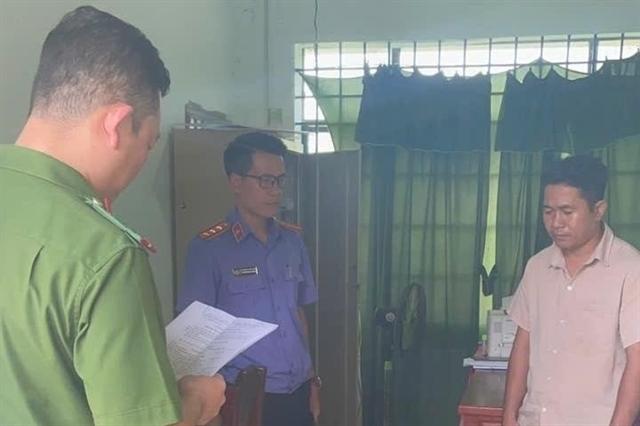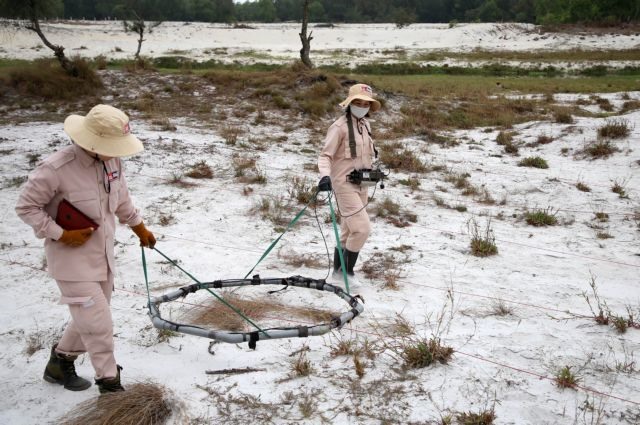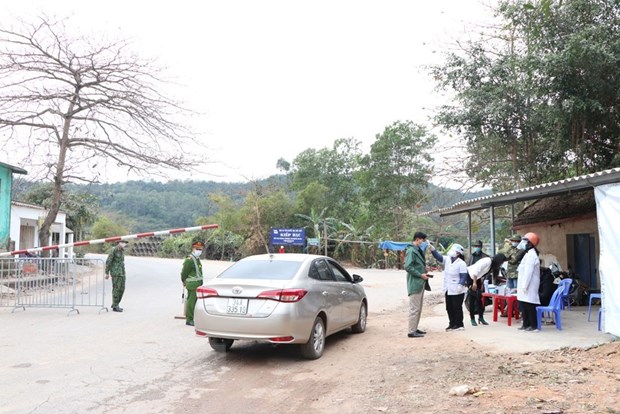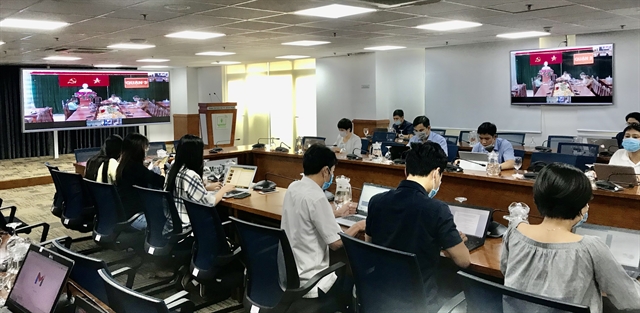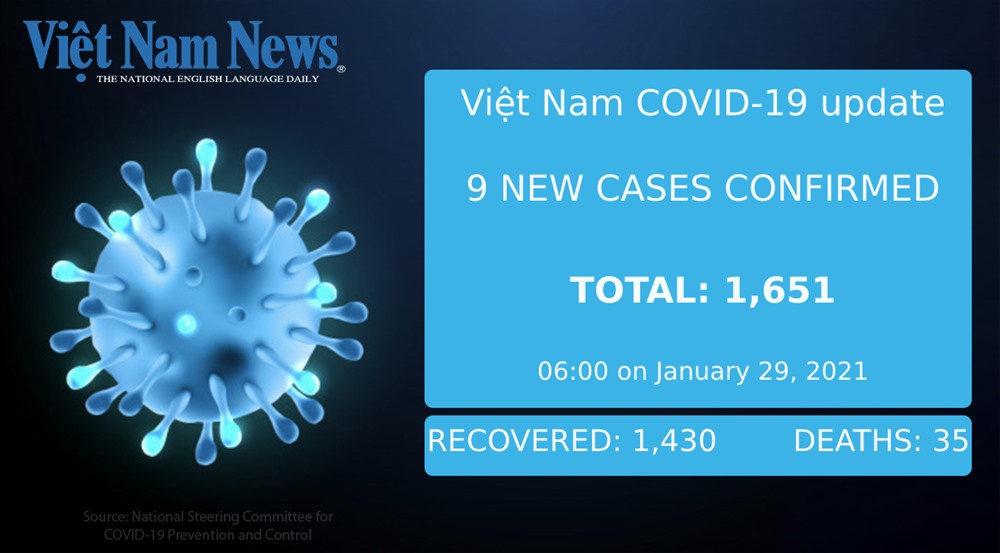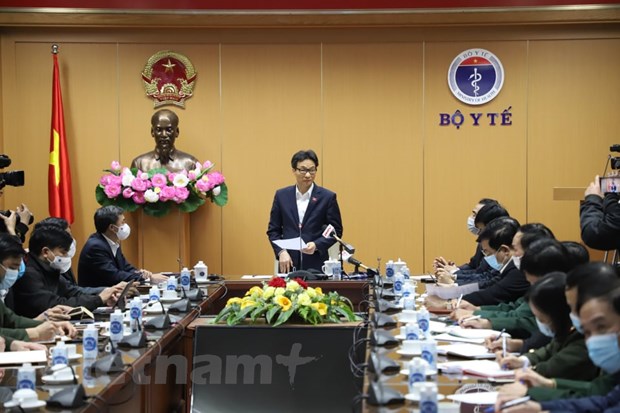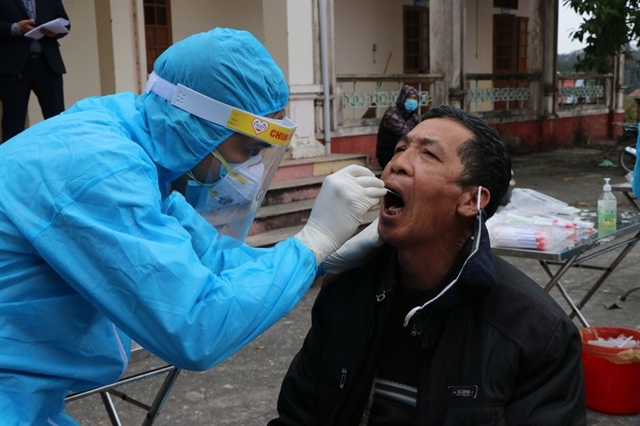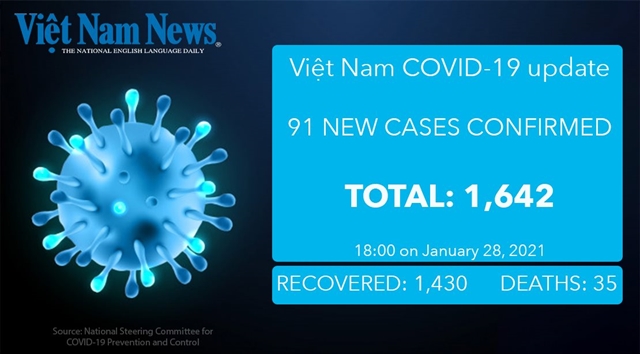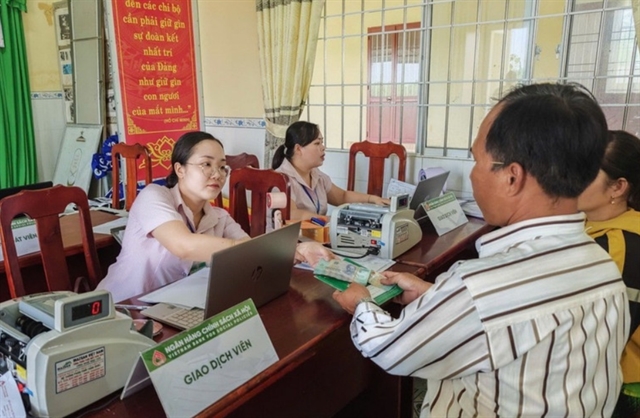

|
| Traffic congestion and vehicles with poor emissions are main reasons behind health problems among local residents. — VNA/VNS Photo |
HCM CITY — HCM City needs VNĐ553 billion (US$23.9 million) to invest in the motorbike emission control programme in the city by 2030. Of that, the city plans to check exhaust emissions for impoverished households free of charge between 2023-2025.
At a conference on reviewing the pilot programme on motorbike emission control held on Wednesday, a representative of the city’s Transport Department said the programme focused on the assessment on exhaust gas discharged from motorbikes in the city.
It also implemented a survey on evaluating the socio-economic impact of motorcycle emission controls on residents, State management agencies and relevant organisations; and the building of policies and roadmaps for piloting motorcycle emission control.
Results from testing 10,682 motorbikes showed that more than 1,850 vehicles, accounting for 17.3 per cent of the total, did not meet the national emission criteria's level 1; while more than 2,410 vehicles, accounting for 22.6 per cent, failed to meet level 2.
There were 2,740 vehicles with a service life of 10 years or more.
Đinh Trọng Khang, deputy director of Institute of Transport Science and Technology’s Institute of Environment, said currently there are 7.4 million registered motorbikes in the city. The percentage of motorcycles with a service life of over 10 years accounts for 67.89 per cent, which is higher than that of Hà Nội.
If the city applies the emission control policy, it can reduce 13.1 per cent of total carbon monoxide (CO) emissions and 13.8 per cent of total HC (hydrocarbon concentration) emissions annually.
In the 2023-2025 period, the programme will focus on inspecting emissions at the cost of VNĐ50,000 per vehicle per year in Districts 1, 3, and 5 as a trial.
The task will be deployed in Districts 1, 3, 5, 10 and Tân Bình District in 2026 and in 13 districts in 2028 with all vehicles with a service life of more than five years.
The total cost of the task by 2030 is estimated at about VNĐ553 billion.
Khanh said the emissions inspection will be implemented at vehicle maintenance agencies in the city centre and then other areas across the whole city.
The proposed inspection cost is VNĐ50,000 ($2) per vehicle per year. Poor households will have their vehicles inspected for free.
Previously in 2010, the Government launched a project to control exhaust emissions of motorbikes in big cities.
Bùi Hoà An, deputy director of the Department of Transport, said that traffic congestion, noise and air pollution, and vehicles with poor emissions were causing health problems among local residents.
Emissions were normally assessed when automobiles are manufactured, imported or registered, but the procedure did not exist for motorbikes. Through the pilot programme, motorbike emissions will be evaluated and the socio-economic impact of monitoring emissions will be assessed. — VNS




